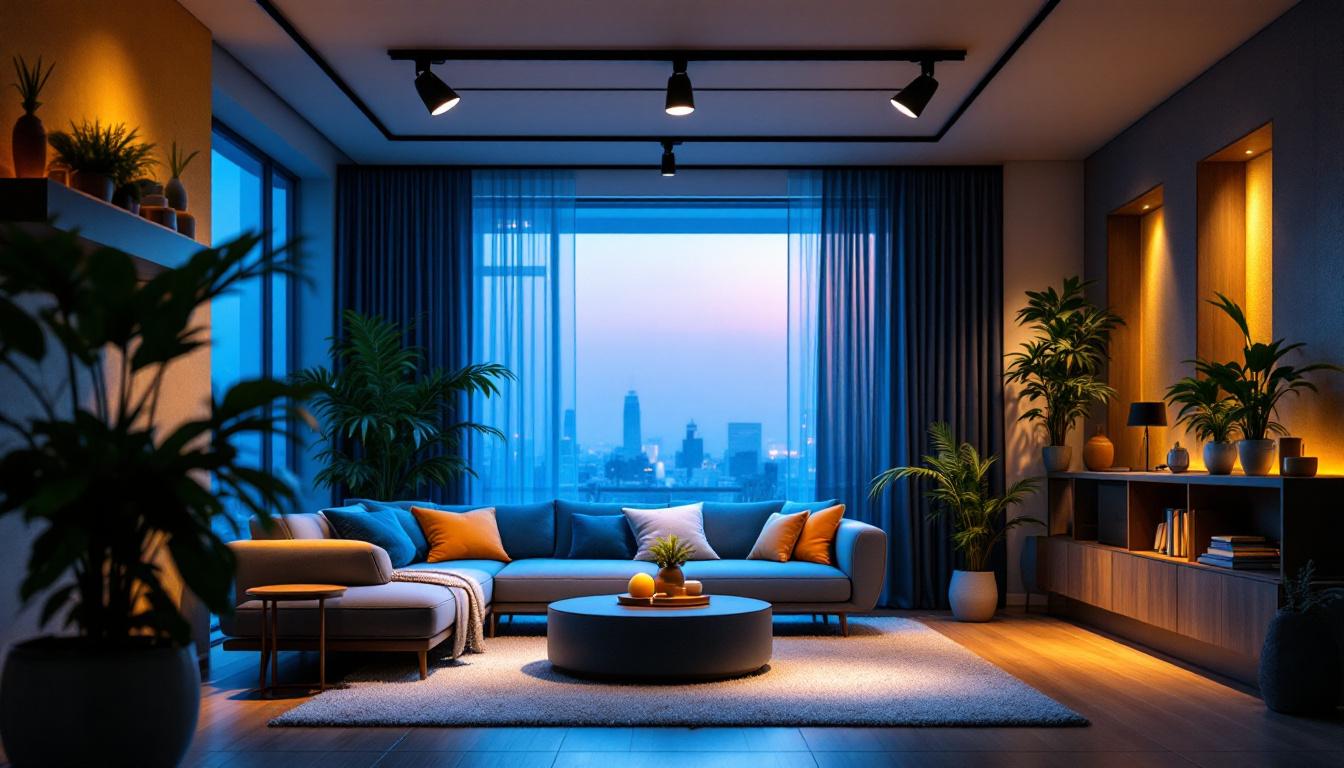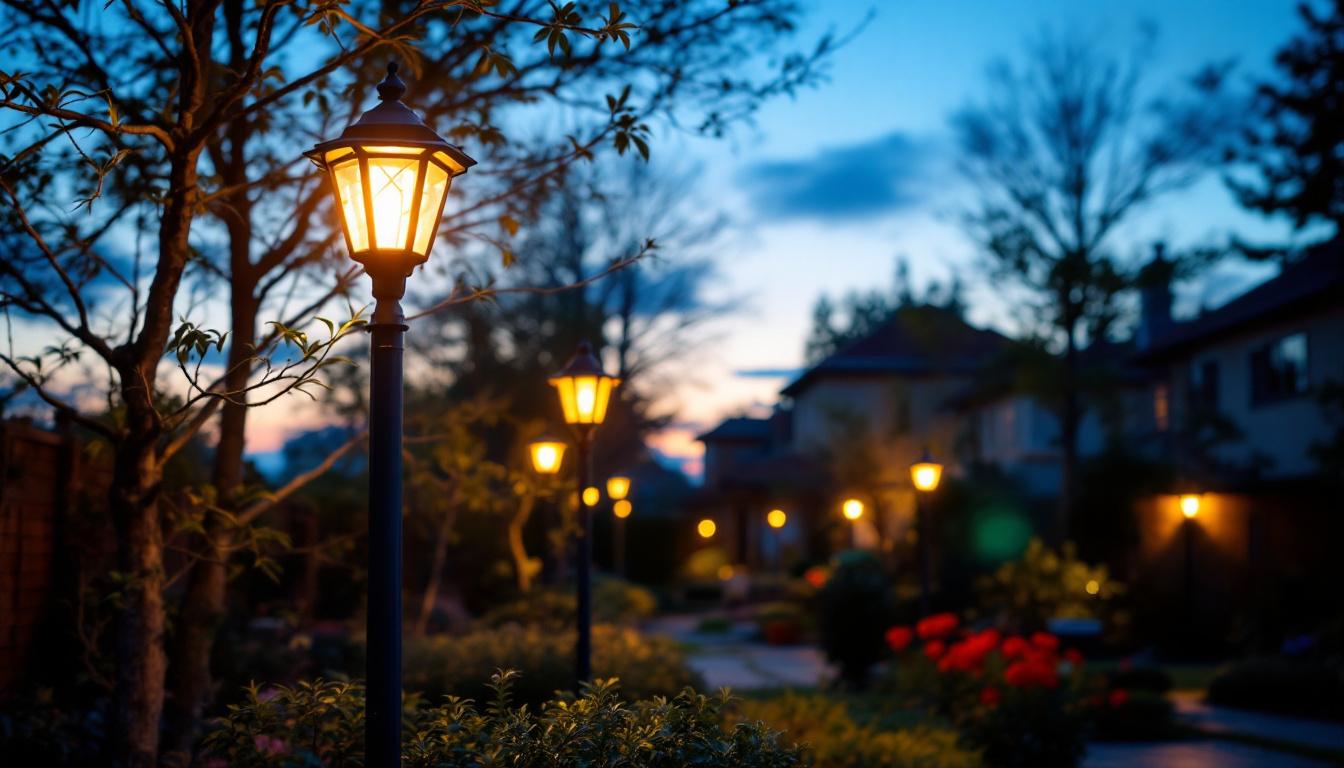
For lighting contractors, the integration of LED bulbs into track lighting systems represents a significant advancement in both technology and application. LED (Light Emitting Diode) bulbs have transformed the lighting industry due to their energy efficiency, longevity, and versatility. When applied to track lighting, these bulbs offer enhanced control over illumination, making them ideal for commercial, retail, and residential projects.
Track lighting systems consist of a continuous track mounted on ceilings or walls, allowing multiple light fixtures to be positioned flexibly along the track. The use of LED bulbs in these systems amplifies their benefits, providing contractors with opportunities to deliver superior lighting solutions that meet client demands for aesthetics, functionality, and sustainability. Furthermore, the ability to easily adjust the positioning of fixtures means that lighting can be tailored to highlight specific areas, such as artwork in galleries or merchandise in retail spaces, enhancing the overall ambiance and visual appeal of the environment.
One of the primary advantages of LED bulbs in track lighting is their remarkable energy efficiency. Compared to traditional incandescent or halogen bulbs, LEDs consume significantly less power while producing the same or higher levels of brightness. This efficiency translates into lower electricity bills for clients and reduced environmental impact, a selling point that contractors can leverage when proposing lighting upgrades.
Moreover, LEDs generate less heat, reducing cooling costs in indoor environments. For contractors, this means fewer concerns about heat-related damage to fixtures or surrounding materials, and an overall safer installation environment. The low heat output also allows for the use of LED bulbs in more compact fixtures, enabling creative and innovative designs that can enhance the aesthetic value of any space. As energy regulations become stricter, the shift to LED technology not only aligns with compliance but also positions contractors as forward-thinking professionals who prioritize sustainable practices.
LED bulbs boast an impressive lifespan, often lasting tens of thousands of hours longer than conventional bulbs. This longevity reduces the frequency of bulb replacements, which is particularly advantageous in commercial settings where maintenance costs and downtime can be substantial.
Lighting contractors should emphasize this benefit to clients who prioritize long-term operational savings and minimal disruption. Additionally, the durability of LED bulbs makes them less susceptible to breakage during installation or routine maintenance, enhancing reliability across projects. The solid-state construction of LEDs also means they are more resistant to vibrations and impacts, making them suitable for a variety of applications, from bustling retail environments to dynamic art installations. As a result, contractors can confidently recommend LED solutions that not only meet immediate lighting needs but also contribute to the long-term success and satisfaction of their clients, fostering relationships built on trust and quality service.
Selecting the appropriate LED bulbs and track lighting components requires careful evaluation of several factors to ensure optimal performance and client satisfaction. Lighting contractors must balance technical specifications, aesthetic preferences, and budget constraints.
Color temperature, measured in Kelvins (K), influences the ambiance and functionality of a space. LEDs are available in a range of color temperatures—from warm white (around 2700K) to cool white (above 5000K). Contractors should assess the intended use of the space to recommend the most suitable color temperature. For example, warmer tones are often preferred in hospitality or residential settings for a cozy atmosphere, while cooler tones are common in retail or office environments to enhance visibility and focus.
Equally important is the Color Rendering Index (CRI), which measures how accurately a light source reveals colors compared to natural light. LEDs with a high CRI (above 80) are essential in settings like art galleries, retail stores, and medical facilities where color accuracy is critical. Lighting contractors should prioritize high-CRI LED bulbs to meet these demanding requirements. Additionally, understanding the psychological effects of color temperature can further inform decisions; for instance, cooler temperatures can promote alertness and productivity, making them ideal for workspaces, while warmer hues can foster relaxation, perfect for living areas or wellness centers.
Track lighting is prized for its directional flexibility, and choosing the right beam angle is crucial. Narrow beam angles (15°-30°) provide focused, spotlight effects suitable for highlighting artwork or merchandise. Wider beam angles (60° and above) offer broader illumination, ideal for general lighting purposes.
Contractors must consider the spatial layout and lighting goals of each project to select LED bulbs with appropriate beam angles. Adjustable track heads combined with versatile LED bulbs can deliver tailored lighting solutions, enhancing both functionality and aesthetics. Furthermore, the interplay of light and shadow created by different beam angles can dramatically alter the perception of space, making it essential for contractors to experiment with various configurations during the design phase. This not only helps in achieving the desired visual impact but also ensures that the lighting complements the architectural features and interior design elements of the space.
Dimming capabilities are increasingly important in modern lighting design, allowing users to adjust brightness levels to suit different activities or moods. However, not all LED bulbs are compatible with existing dimmer switches, which can lead to flickering, reduced bulb life, or other performance issues.
Lighting contractors should verify the dimming compatibility of LED bulbs with the client’s control systems. Many manufacturers now offer LED bulbs designed to work seamlessly with standard and smart dimmers. Incorporating advanced lighting controls, such as programmable scenes and occupancy sensors, can further enhance energy savings and user experience. Additionally, the integration of smart technology allows for remote control and automation, enabling users to create dynamic lighting environments that can adapt to changing needs throughout the day. This level of customization not only elevates the functionality of the space but also aligns with the growing trend of energy-efficient and sustainable design practices, making it a key consideration for contractors aiming to meet modern client expectations.
Proper installation is critical to maximizing the benefits of LED track lighting. Lighting contractors must be aware of best practices and potential challenges to ensure safe, efficient, and aesthetically pleasing results.
LED bulbs draw less current than traditional lighting, but contractors should still evaluate the electrical load on the track system to prevent overloading circuits. Ensuring that the track and power supply are rated for the total wattage of installed LED fixtures is essential for safety and reliability.
Additionally, contractors should inspect wiring and connectors for compatibility with LED technology. Some older track systems may require upgrades or adapters to accommodate LED bulbs, which should be factored into project planning and budgeting.
Although LEDs emit less heat, they still require effective heat dissipation to maintain performance and lifespan. Lighting contractors should select fixtures designed to facilitate airflow around LED bulbs, avoiding enclosed or poorly ventilated housings unless specifically rated for LED use.
Compatibility between LED bulbs and track heads is another critical consideration. Not all LED bulbs fit all track systems, and mismatches can lead to poor electrical contact, reduced light output, or mechanical instability. Contractors should verify manufacturer specifications and, when possible, source complete LED track lighting kits to ensure seamless integration.
Track lighting often serves both functional and decorative roles. Contractors need to balance technical requirements with design considerations, such as fixture style, finish, and placement. Collaborating closely with clients and interior designers can help achieve lighting solutions that complement architectural elements and décor.
Clear communication about the capabilities and limitations of LED track lighting is vital to managing client expectations. Demonstrations or mock-ups can be effective tools to showcase lighting effects and facilitate decision-making.
The lighting industry continues to evolve rapidly, with innovations that lighting contractors should monitor to stay competitive and deliver cutting-edge solutions.
Smart LED track lighting systems enable remote control, automation, and customization through mobile apps and voice assistants. Features such as color tuning, scheduling, and occupancy sensing enhance convenience and energy efficiency.
Lighting contractors can differentiate their services by offering smart lighting solutions that integrate with building management systems or home automation platforms. These systems often require specialized knowledge for installation and programming, representing an opportunity for professional growth.
Human-centric lighting (HCL) focuses on mimicking natural light patterns to support circadian rhythms and improve well-being. Adjustable color temperature and intensity in LED track lighting can create environments that promote alertness during the day and relaxation in the evening.
Contractors working on healthcare, educational, or office projects may find HCL principles increasingly requested by clients seeking to enhance occupant health and productivity.
As energy codes and environmental standards become more stringent, LED track lighting offers a pathway to compliance and certification programs such as LEED and WELL. Lighting contractors should stay informed about local regulations and incentives that encourage the adoption of energy-efficient lighting.
Providing clients with documentation on energy savings and environmental benefits can strengthen proposals and support sustainability goals.
For lighting contractors, LED bulbs in track lighting systems present a compelling opportunity to deliver high-performance, energy-efficient, and aesthetically versatile solutions. Understanding the technical nuances—from color temperature and beam angle to dimming compatibility and fixture integration—is essential for successful project outcomes.
By embracing emerging technologies such as smart controls and human-centric lighting, contractors can meet evolving client expectations and differentiate their services in a competitive market. Attention to installation best practices and regulatory compliance further ensures that LED track lighting installations provide lasting value and satisfaction.
Ultimately, lighting contractors who master the complexities of LED track lighting will be well-positioned to lead the industry toward smarter, greener, and more dynamic lighting environments.
Ready to enhance your lighting projects with the efficiency and elegance of LED track lighting? At LumenWholesale, we provide lighting contractors with the high-quality, spec-grade LED bulbs you need to create dynamic and energy-efficient environments. Our commitment to unbeatable wholesale prices means you can access superior lighting products without the burden of inflated markups. With our extensive selection that meets rigorous industry standards, you’ll find the perfect lighting solutions for any project. Plus, with the convenience of free shipping on bulk orders, you can trust that you’re getting the best value without any hidden costs. Elevate your lighting game and discover wholesale lighting at the best value today with LumenWholesale.

Discover expert insights into optimizing outdoor lighting with sensors in this comprehensive guide tailored for lighting contractors.

Discover the latest trends in electrical duplex outlets that every lighting contractor needs to know.

Discover expert insights from top lighting contractors on choosing and installing outdoor light post fixtures.

Discover innovative cost-saving strategies for lighting contractors using UVC light technology.